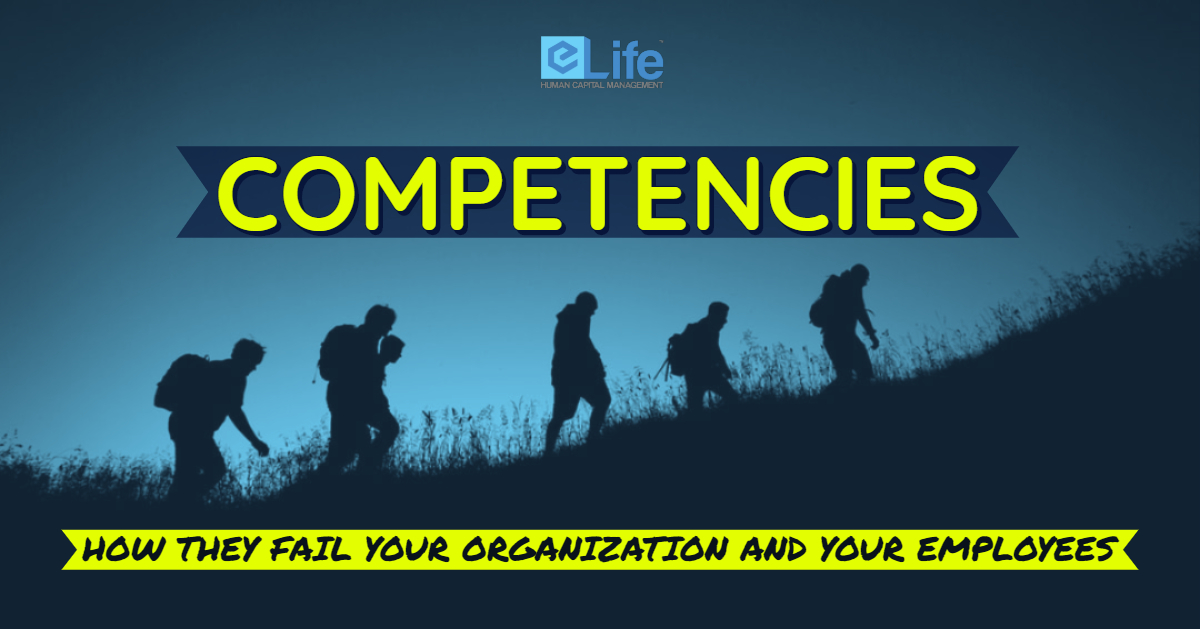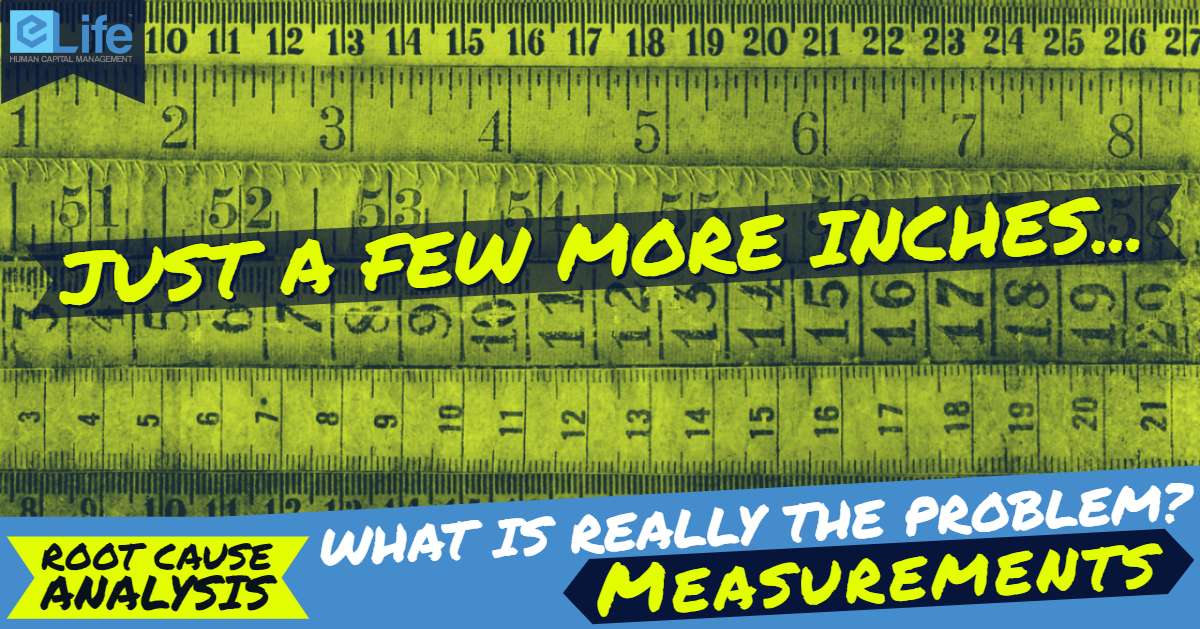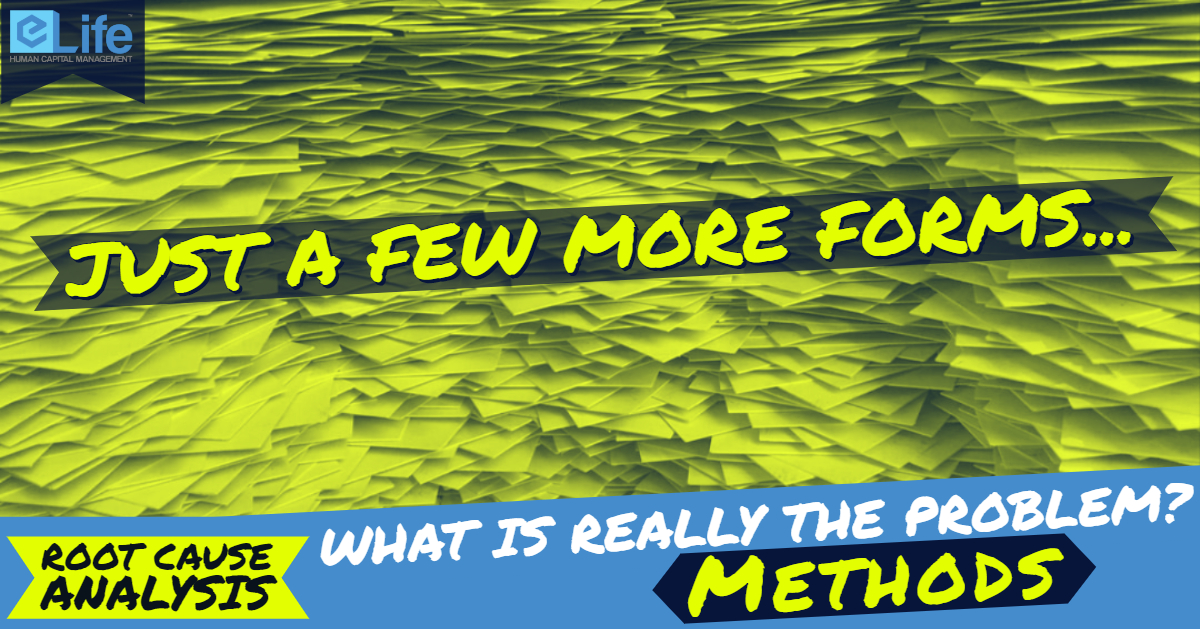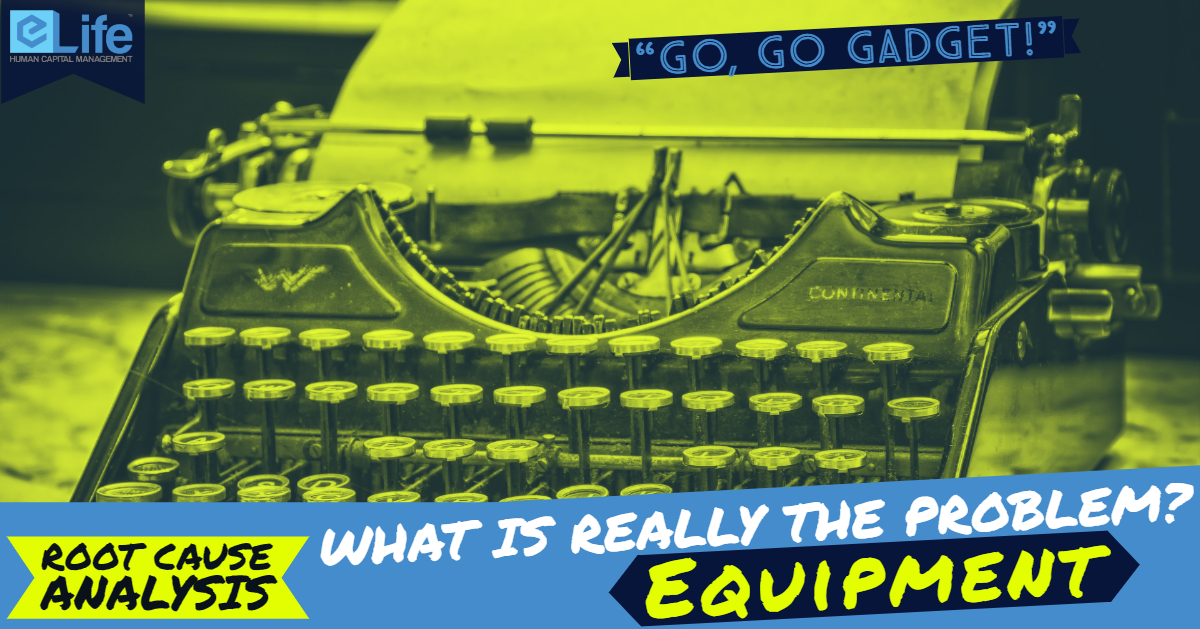Competencies, as a concept for performance management, have been around since the early 70’s. The idea of looking at what and how an employee does a job, can be a great indicator of their performance, so it makes sense to measure employees against their individual competencies. On August 18, 1988 President George HW Bush delivered a speech where he spoke of a “kinder, gentler” nation. In my opinion, this marked the beginning of the trophy generation or era of participation awards. Everyone wins something, whether you win the event or not, effectively creating a softer, gentler workforce.
A little background
Competencies are defined as the ability to do something successfully or efficiently. Competencies are what people need to be successful in their jobs. Job competencies are not the same as a job task, this often gets confused or mixed up. Competencies include all the related knowledge, skills, abilities, and attributes that form a person’s job. This set of context-specific qualities is correlated with superior job performance and when used correctly, can be used as a standard, against which to measure job performance as well as to develop, recruit, and hire employees.
Competencies provide organizations with a way to define, in behavioral terms, what it is people need to do to produce the results the organization desires, in a way that is in keeping with its culture. By having competencies defined in the organization, it allows employees to know what they need to be productive. When properly defined, competencies, allow organizations to evaluate the extent behaviors employees are fully demonstrating and where they may be lacking.
Dreyfus and Dreyfus [1] introduced nomenclature for the levels of competence in competency development. The causative reasoning of such a language of levels of competency may be seen in their paper on Calculative Rationality titled, "From Socrates to Expert Systems: The Limits and Dangers of Calculative Rationality". The five levels proposed by Dreyfus and Dreyfus were:
- Novice: Rule-based behavior, strongly limited and inflexible
- Experienced Beginner: Incorporates aspects of the situation
- Practitioner: Acting consciously from long-term goals and plans
- Knowledgeable practitioner: Sees the situation as a whole and acts from personal conviction
- Expert: Has an intuitive understanding of the situation and zooms in on the central aspects
When used correctly, competencies can give one some insight into how an employee will perform or how they have performed. This is great information for recruiting or succession planning. Competencies can also be used in performance management as long as it is done correctly.





